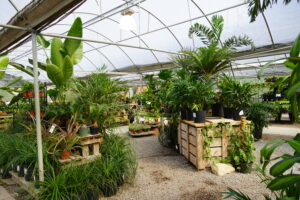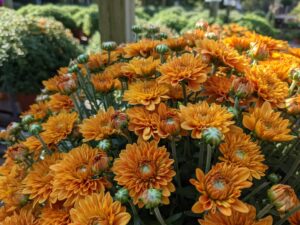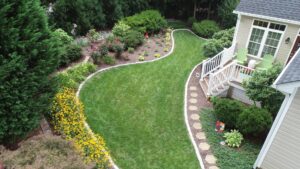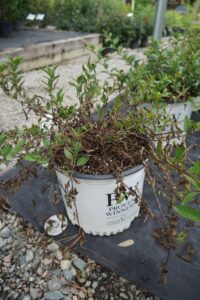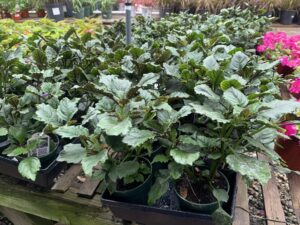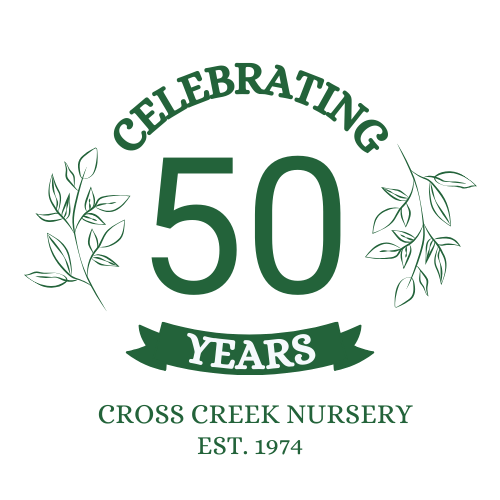
Cross Creek Nursery and Landscaping

















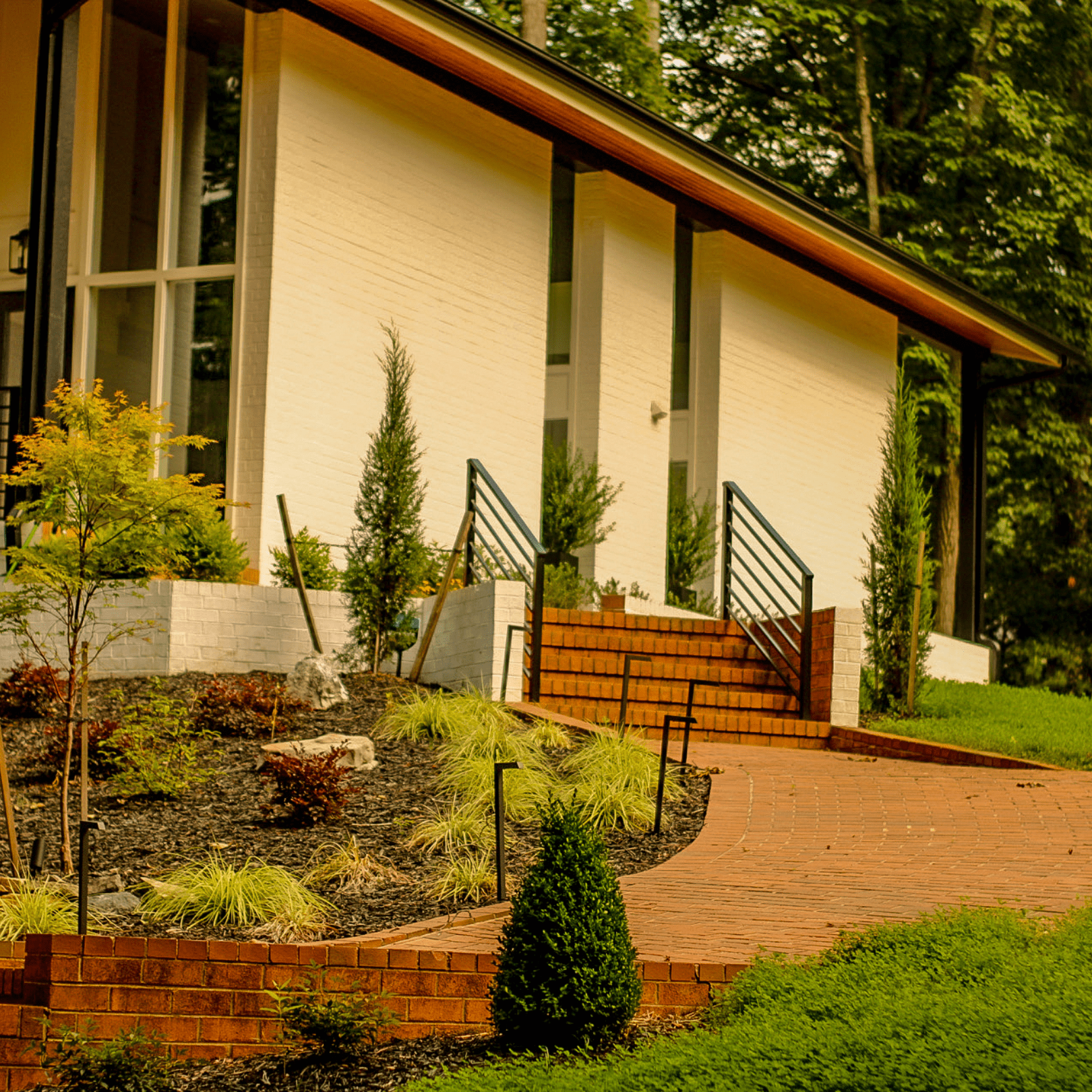










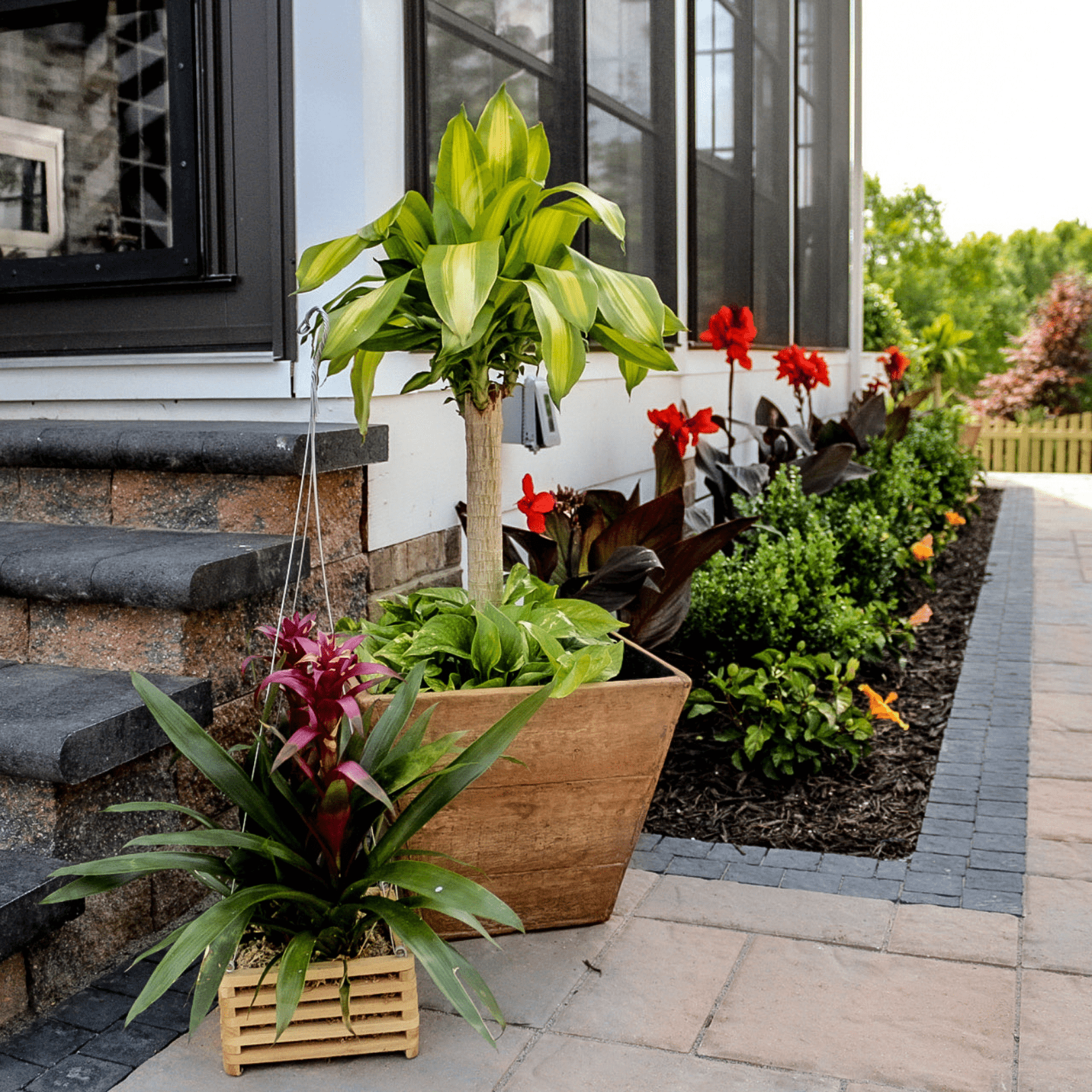





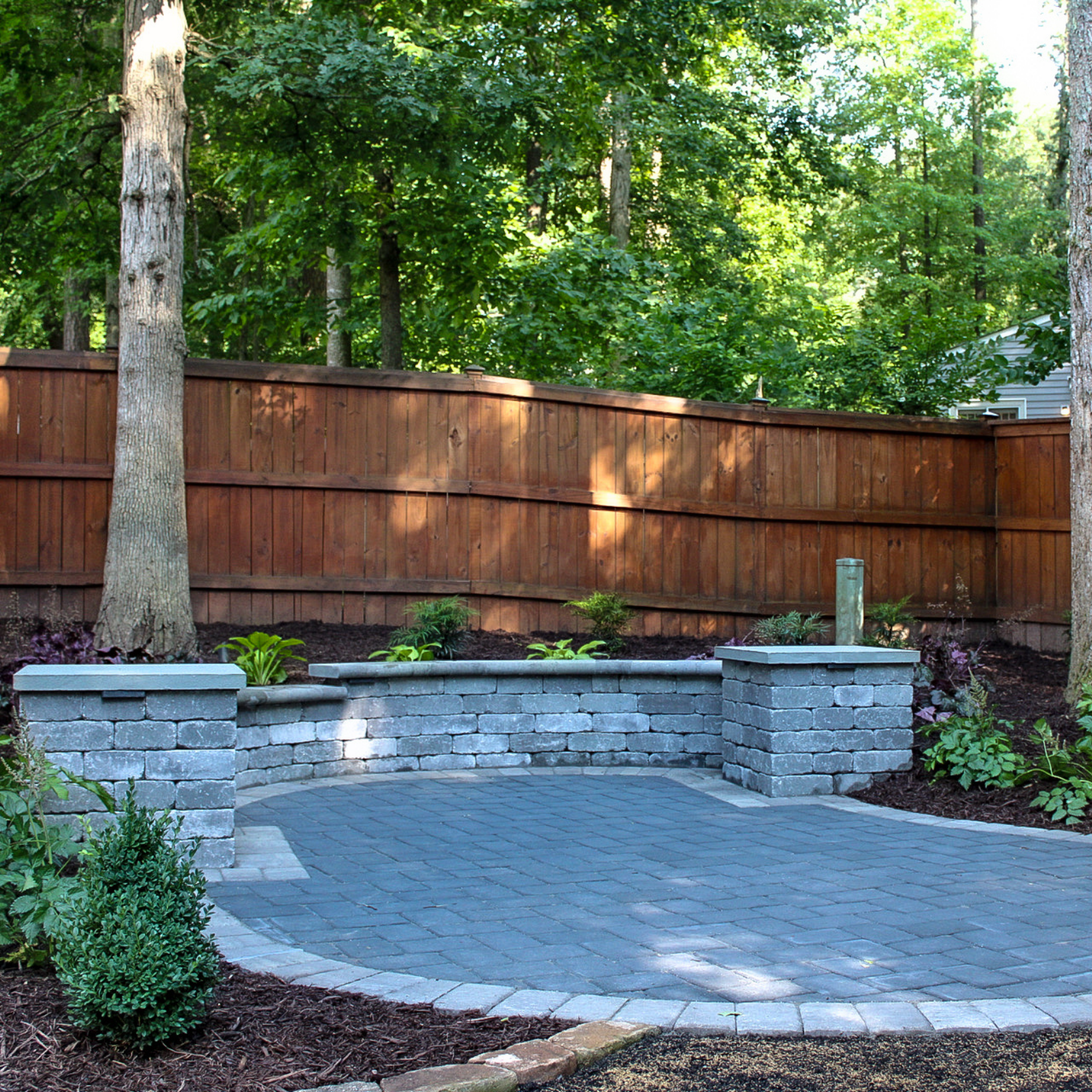




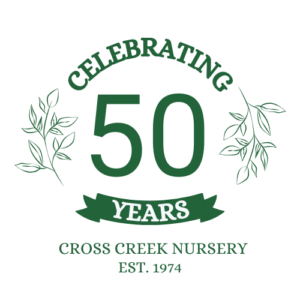
Our humble beginning takes us back to Carytown in 1974, to a little shop called Tropical Treehouse.
Today, Cross Creek Nursery consists of 200+ employees and 5 divisions. One thing we’ve never lost sight of through the years is how we enjoy working with our customers and giving them the individual attention they deserve.
Whether we are helping a customer choose the right shrubs for their yard, designing a new outdoor room, or offering support to a nervous bride as she chooses her wedding flowers, we believe in maintaining our commitment to excellence in all we do. Being able to guide and assist you in your next venture is the reason we love what we do!
We specialize in providing locally grown plants, grounds management services, landscape design and build, interiorscape services, and an in-house florist.
Garden Club Sales This Week:
Available at both of our nursery and garden center locations, select items will be available for a discounted price each week. The sale prices are available to members of our Garden Club, which is free to join and includes other benefits.
If you are not already a member of our Garden Club, click the link to join, or register at either of our locations.
Read More About What We Offer: Custom Design: Create: Custom Build: Locally Grow:
Garden Center
Grounds Management
Landscape Design & Build
Interiorscapes
Florist
Upcoming Events:
Midlothian Workshop: Moss Wall Art
A super fun and hands on workshop at our Midlothian Nursery. Join Phibbs & Maya
Kid’s Workshop (Midlothian): Beaded Windchimes
Join us at our Midlothian Location to create your very own Glass Bead Suncatcher.Pick your
Locations and Hours of Operation:
Current Hours Midlothian
Sunday: 10 AM- 5 PM
Monday: 8 AM- 6 PM
Tuesday: 8 AM- 6 PM
Wednesday: 8 AM- 6 PM
Thursday: 8 AM- 6 PM
Friday: 8 AM- 6 PM
Saturday: 8 AM- 6 PM
Midlothian
Current Hours West End
Sunday: 10 AM- 5 PM
Monday: 7 AM- 6 PM
Tuesday: 7 AM- 6 PM
Wednesday: 7 AM- 6 PM
Thursday: 7 AM- 6 PM
Friday: 7 AM- 6 PM
Saturday: 7 AM- 6 PM


